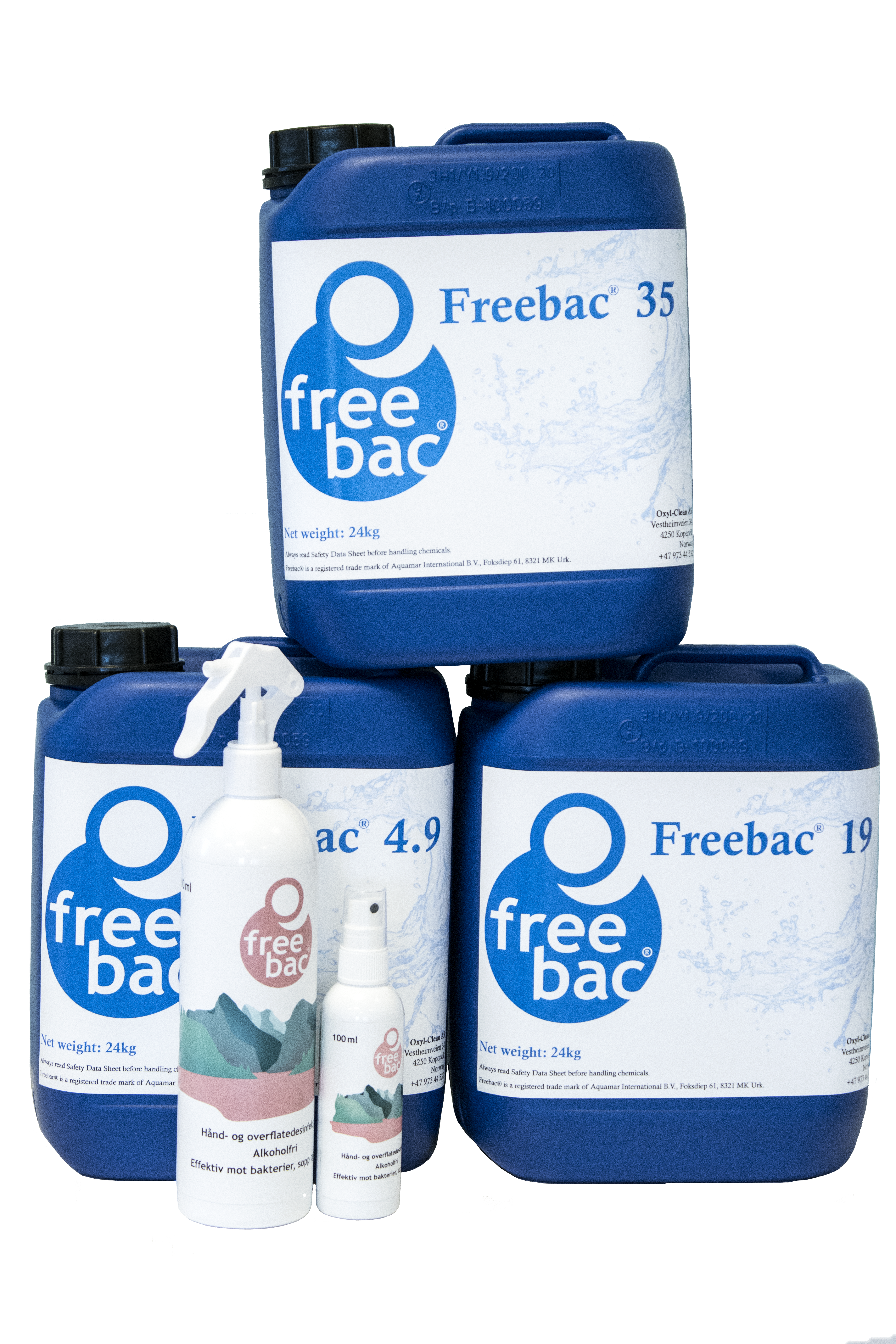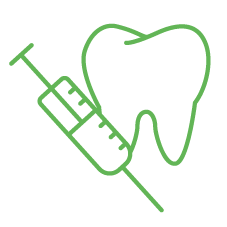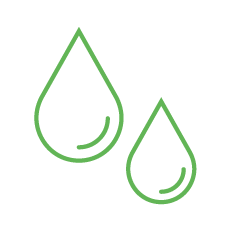Medical, Dental & Veterinary Sectors
Based on data from several countries, it can be estimated that each year, hundreds of millions of patients around the world are affected by health care-associated infections, especially those in low- and middle-income brackets.
These “hospital infections” are acquired while receiving health care in a hospital or other health care facility and were not present at the time of admission. This results in prolonged hospital stays, long-term disability, increased resistance of microorganisms to antimicrobials, massive additional costs for health systems, high costs for patients and their family, and unnecessary deaths. Effective infection prevention and control is necessary, all exposed surfaces in the work environment should be kept clean and disinfected. However, this is no easy task, for example in dental clinics, biofilms form rapidly on dental unit waterlines. The majority of the organisms in the biofilm are harmless environmental species, however some dental units may harbour opportunistic respiratory pathogens such as legionella, which can be taken into our bodies through inhalation.
At hospitals, rooms and equipment need to be cleaned and disinfected in order to admit a new patient. However, if the previous one had an infectious pathogen, everything that came into contact with that person will be contaminated. There is no standard disinfectant for hospitals and other medical facilities. Bleach is routinely used to kill spores since it is effective, however, many people are sensitive to bleach vapours, being a potential health concern for patients and workers. Some evidence points towards pathogen resistance to quaternary ammonium compounds, another common substance used to disinfect hospital facilities. Therefore, some hospitals have switched to liquid hydrogen peroxide disinfectants because they appear to be more effective in experimental studies.
Freebac 35 can be effectively used in these facilities. It can be incorporated into the drinking water and fogging systems, in order to keep the drinking water clean and disinfected, as well as patient rooms.
Freebac 1.5 is a less concentrated solution that can be directly sprayed into hands. It can also be used to disinfect hard surfaces; no rinsing or wiping is needed. It has been successfully tested against coronavirus and all other enveloped viruses, along with diverse fungi like Candida albicans, and bacteria such as Legionella, E.coli and Pseudomonas (among others).

Applications:
- Warm and cold water.
Drinking water. - Equipment, hard surfaces, etc.
- Operating Room.
- Isolation and clean rooms.
Advantages:
- Multipurpose product that can drastically reduce the number of different disinfectants used.
- Less likely to cause allergic reactions than currently used disinfectants.
- Environmentally sustainable formulation, by products are oxygen and water.
- Has been tested to:
- EN 14476:2013 +A2:2019; Virucidal activity
- EN 1276; Bactericidal activity
- EN 1650; Fungicidal activity
 Multi-purpose
Multi-purpose Agriculture & livestock
Agriculture & livestock Restaurant & hotel services
Restaurant & hotel services Medical, dental & veterinary sectors
Medical, dental & veterinary sectors Schools, sports & other buildings
Schools, sports & other buildings Aquaculture & fish industry
Aquaculture & fish industry Food & drinks processing industry
Food & drinks processing industry Water Treatment
Water Treatment